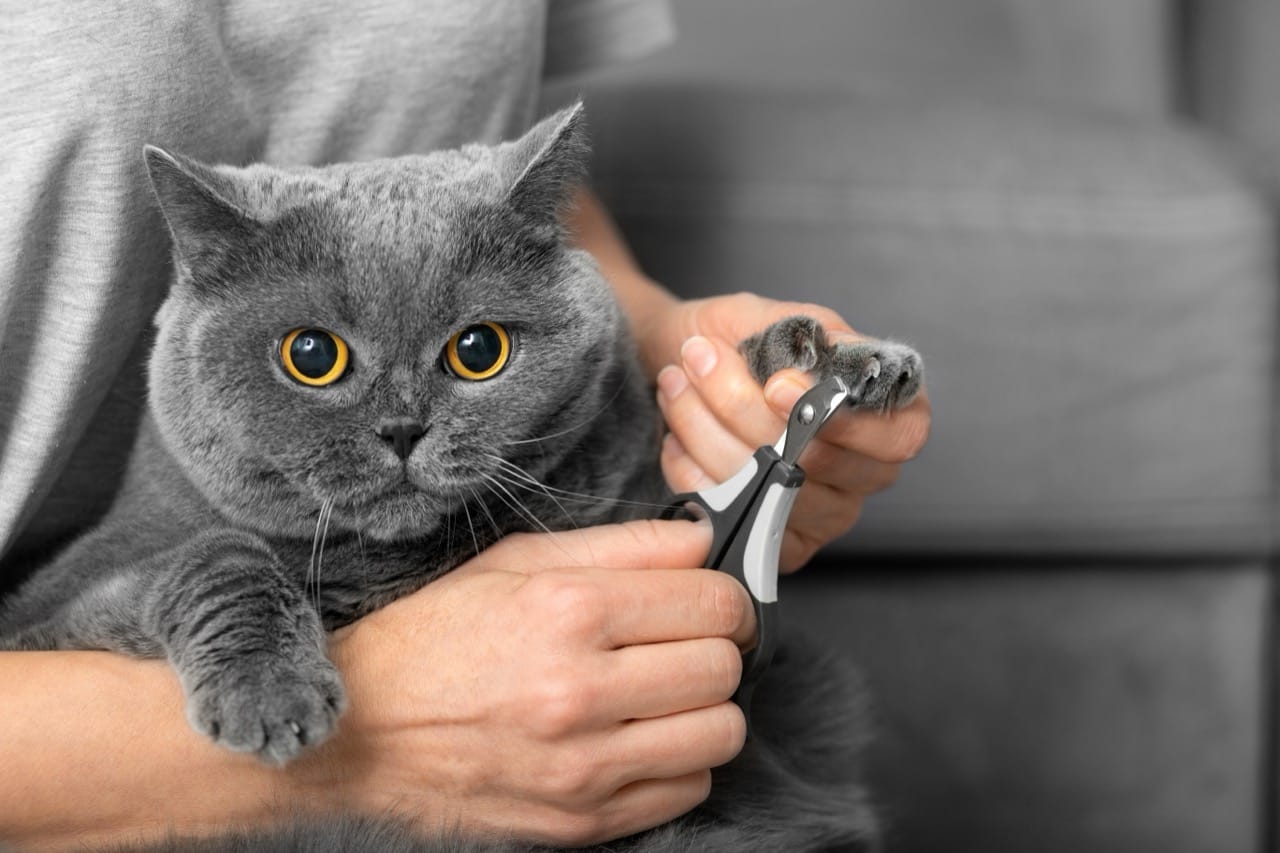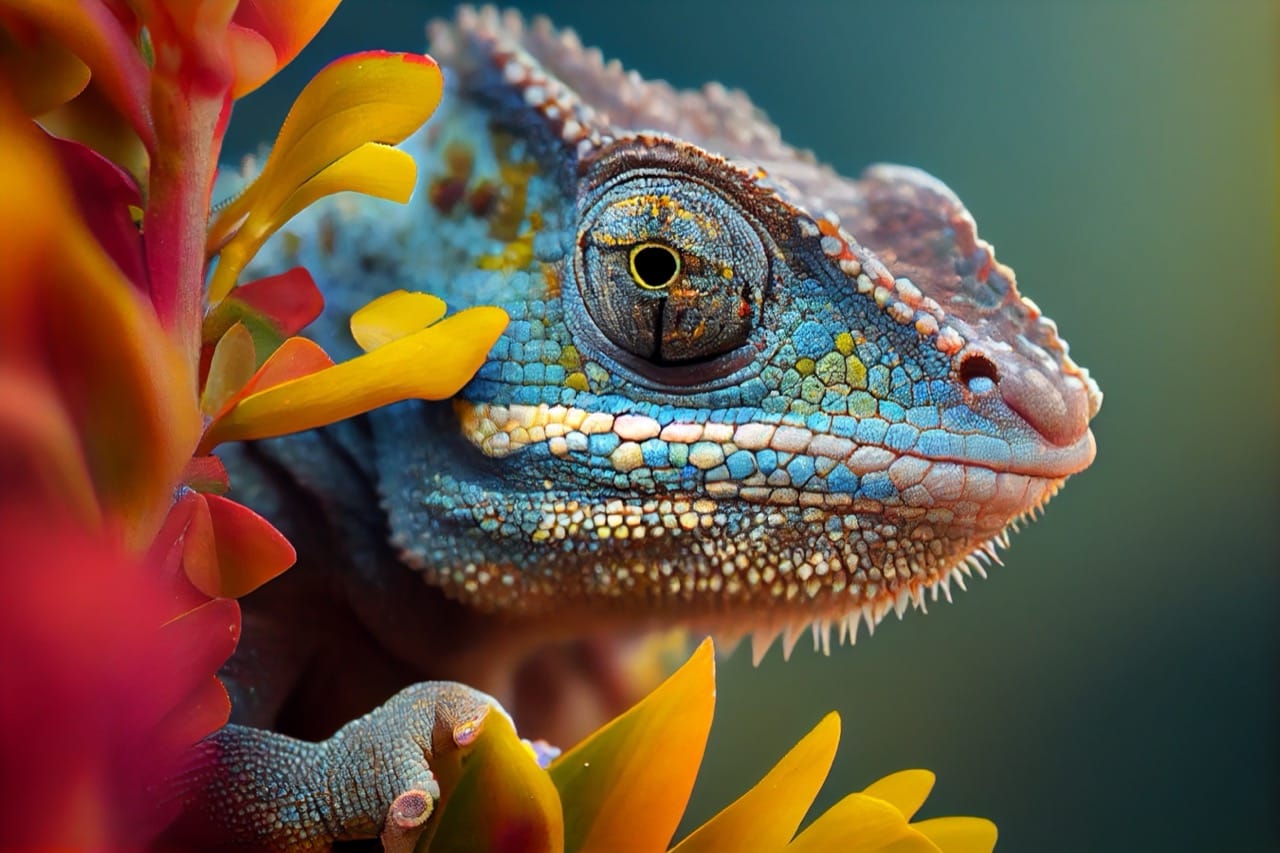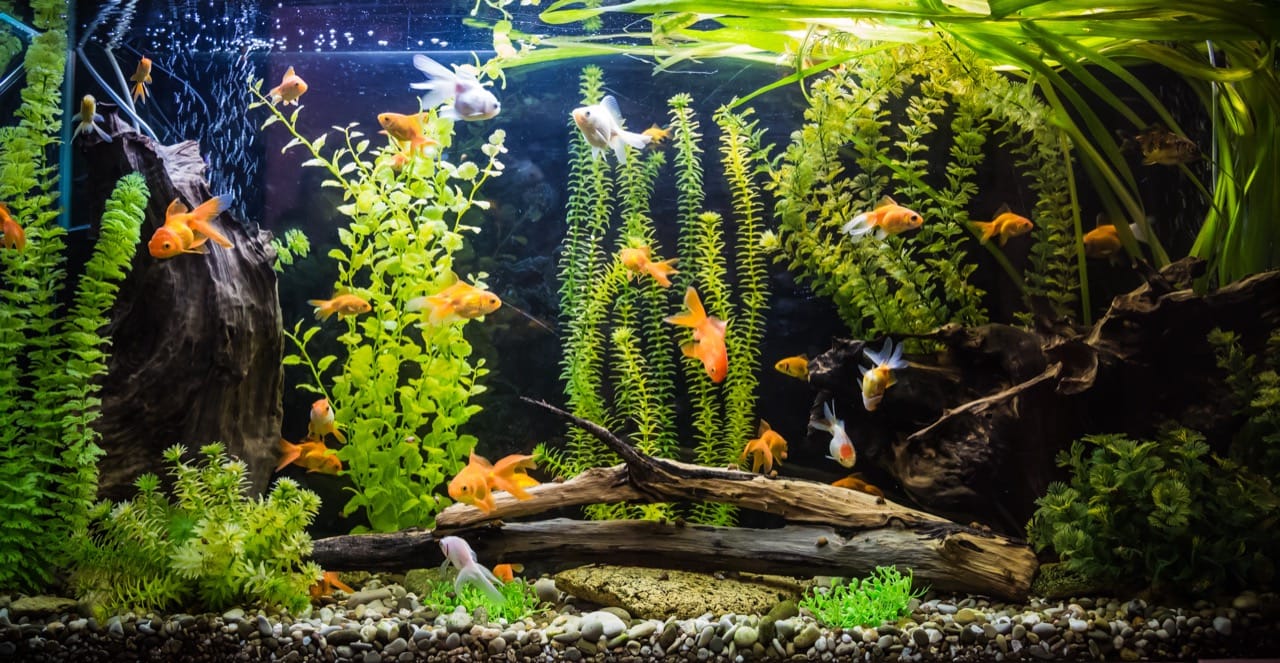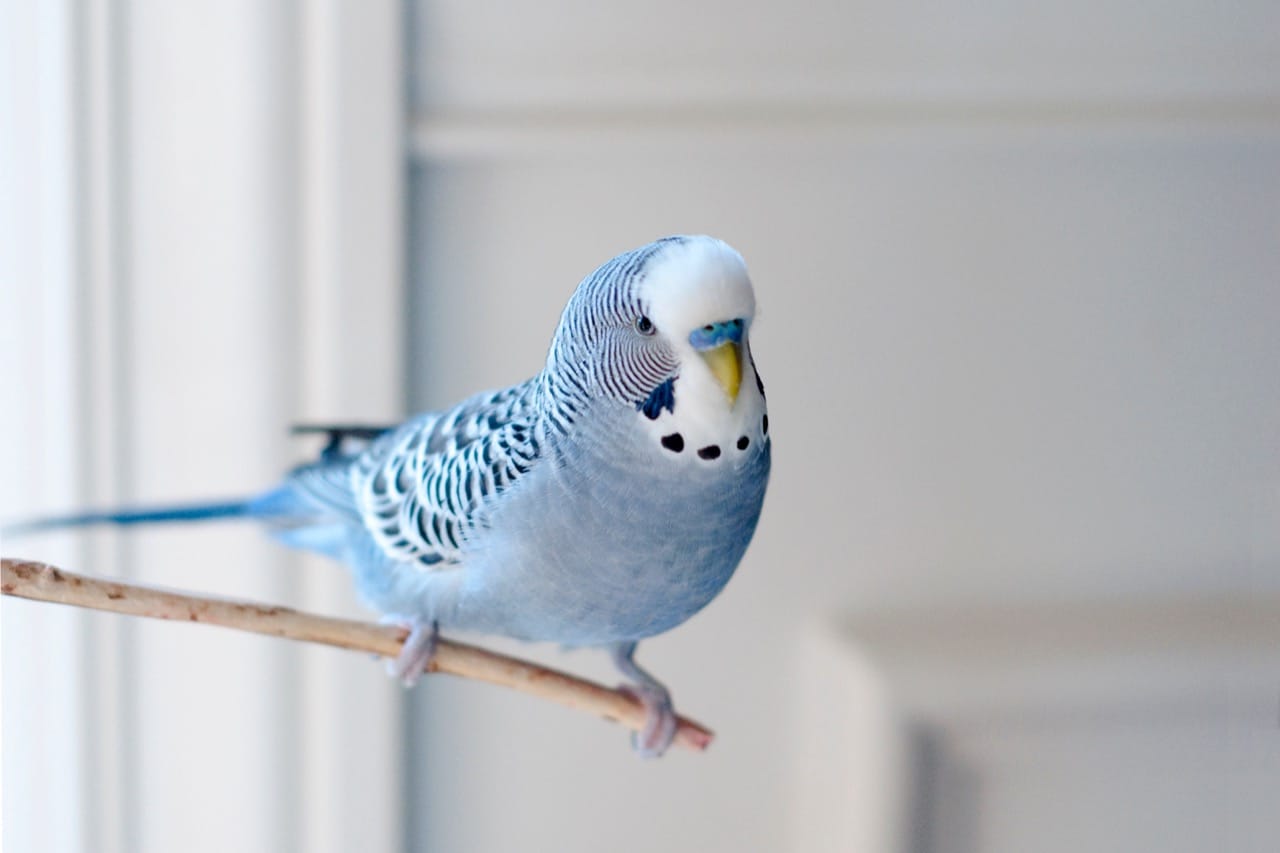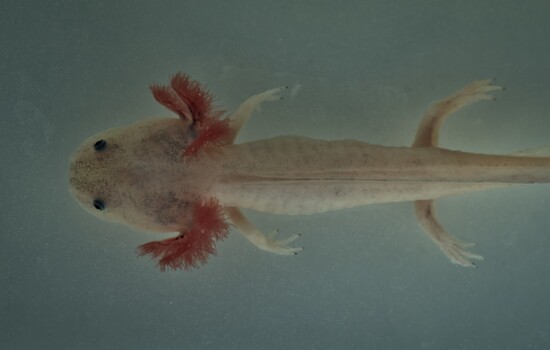The Essential Iguana Care Handbook: Ensuring Your Scaly Friend Thrives
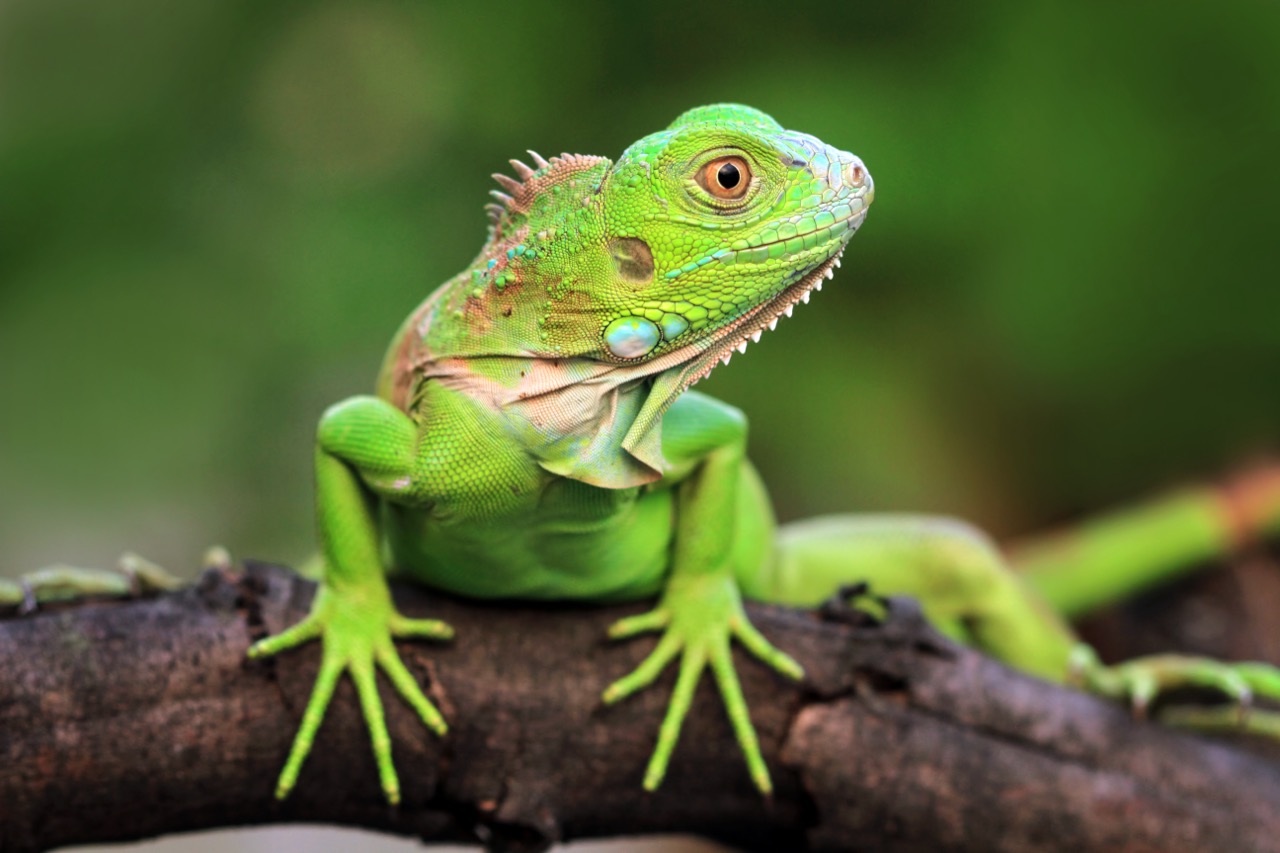
The Essential Iguana Care Handbook: Ensuring Your Scaly Friend Thrives
Iguanas, with their prehistoric looks and often vibrant colors, can seem like pets plucked straight from a distant era. These magnificent reptiles have captured the hearts of many, but taking proper care of one is no small feat. This comprehensive guide will equip you with the knowledge to ensure your iguana not only survives but thrives under your care. Before we dive into the specifics, here's an intriguing tidbit to pique your curiosity: Iguanas possess a 'third eye' on the top of their head, known scientifically as the parietal eye. This eye doesn't see images but detects changes in light, helping these cold-blooded creatures regulate their exposure to sunlight and predator detection from above.
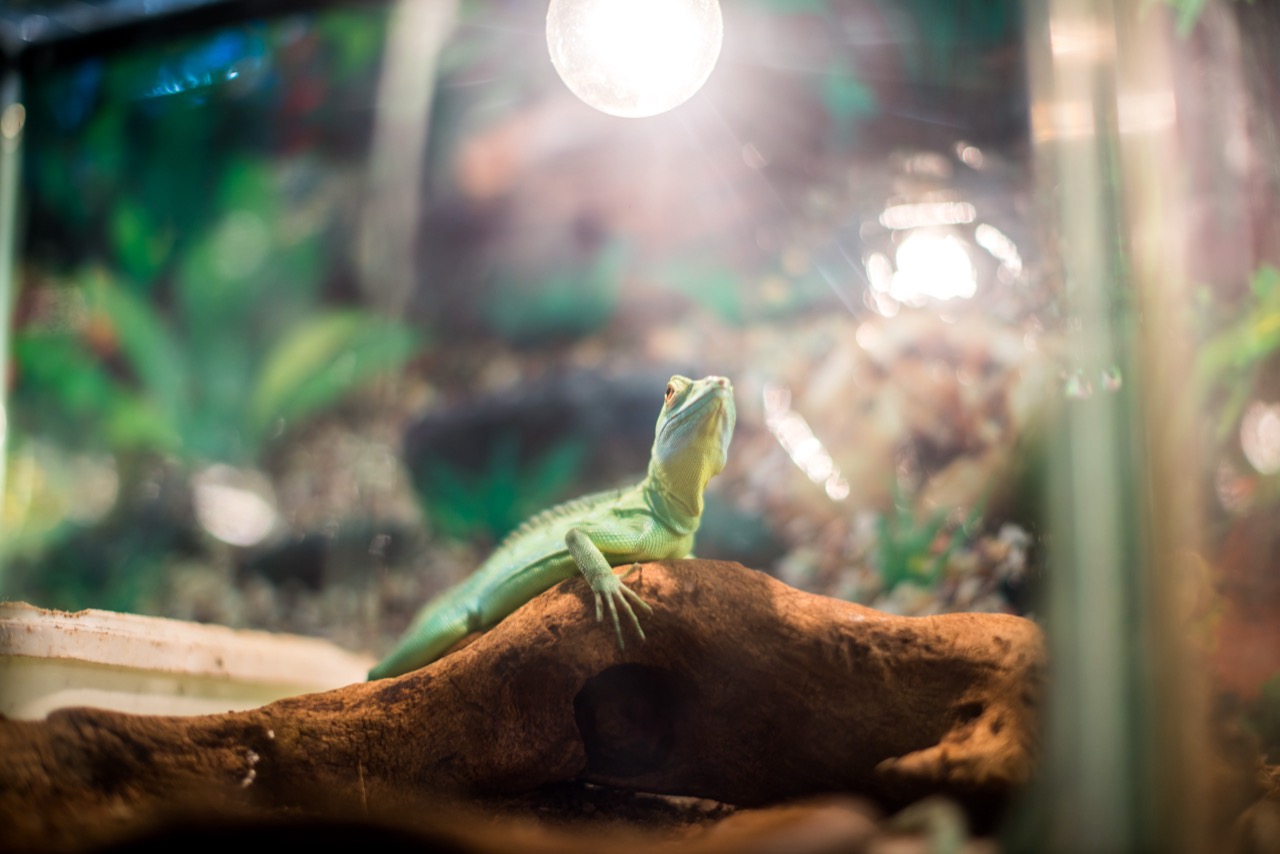
Welcoming Your Iguana Home
The Perfect Habitat
Creating a suitable habitat for your iguana is paramount. These creatures require ample space to grow, climb, and explore. A young iguana can start in a 20 to 30-gallon tank, but as they grow, they'll need more space—think about investing in a custom-built habitat or a large terrarium that's at least 6 feet tall, 6 feet long, and 3 feet wide for a full-grown iguana. The enclosure must have multiple climbing surfaces and perches because iguanas love to climb. The habitat should simulate a tropical environment with a temperature gradient from 85°F to 95°F during the day and not dropping below 75°F at night. Humidity is equally important, with optimal levels ranging from 65% to 75% to keep your iguana's skin healthy and ensure proper shedding.
Lighting and Heat
Proper lighting is crucial for iguanas, requiring both UVA and UVB rays to metabolize calcium and prevent metabolic bone disease. Install a UVB light source within the enclosure and make sure your iguana can bask under it for about 10 to 12 hours a day. Additionally, a basking spot with a heat lamp should be provided, aiming for a basking temperature of around 95°F to 100°F. Remember, iguanas are ectothermic and regulate their body temperature through their environment, so accurate and adjustable heating is essential for their well-being.
Nutrition and Feeding
What's on the Menu?
Iguanas are primarily herbivores, feasting on a diet composed of leafy greens, vegetables, and fruits. A healthy diet for your iguana includes staples like kale, collards, and mustard greens, with occasional treats of strawberries, mango, and papaya. Variety is key, as it ensures your iguana gets a balanced mix of vitamins and minerals. However, avoid feeding them iceberg lettuce, as it's nutritionally poor and doesn't benefit them.
The Right Portion and Schedule
Feeding your iguana the correct amount is crucial for its health. Young iguanas should eat daily, while adults can be fed every other day. The portion size depends on the iguana's size but aims for food piles that are twice the size of their head. Overfeeding can lead to obesity, while underfeeding can result in malnutrition, so monitoring their intake and adjusting as necessary is important. Remember, fresh water should be available at all times, preferably in a large, shallow dish that the iguana can also soak in.
Playtime and Interaction
Engaging Your Iguana
While iguanas might not fetch a ball like dogs, they do require mental stimulation and physical exercise to stay healthy. Regular, gentle handling can tame iguanas and help them become comfortable with their human companions. However, always approach them slowly and from the front to avoid startling them. Creating an enriching environment with climbing structures, hiding spots, and objects to interact with can also keep your iguana engaged and active. Remember, each iguana has a unique personality; some may enjoy human interaction, while others prefer to be left alone.
Health and Safety
Keeping Your Iguana in Peak Condition
Iguanas can suffer from various health issues, including metabolic bone disease, respiratory infections, and parasites. Regular visits to a vet experienced with reptiles can catch and treat these issues early. Keeping the habitat clean, maintaining proper humidity, and providing a balanced diet also go a long way in preventing health problems.
Safety Measures
Always wash your hands before and after handling your iguana or its habitat to prevent the spread of Salmonella. Ensure their enclosure is secure to prevent escapes, as domesticated iguanas can struggle to survive in the wild. Additionally, be mindful of other pets in the house, as they could stress or injure your iguana.
Final Thoughts: A Lifelong Commitment
Caring for an iguana is a long-term commitment, with these reptiles living for up to 20 years with proper care. They require a dedicated caregiver willing to provide the space, diet, and environment they need to live healthily. Although they may not be the right pet for everyone, those who take the plunge will find iguanas to be fascinating and rewarding companions. Remember, a well-cared-for iguana is a happy iguana, and with this guide, you're well on your way to achieving just that.
